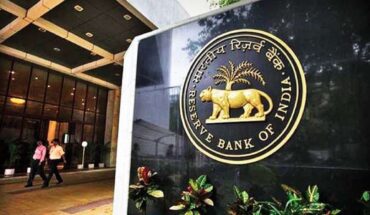Railway safety can be improved by using Artificial Intelligence (AI), which has the ability to rapidly process large amounts of data and information, resulting in early warnings about critical equipment failures and potential outages.

The drastic collision of three trains in Odisha’s Balasore brought the issue of railway safety to the fore. With the tragic death of nearly 288 passengers, it is one of the biggest train accidents in India. The results of the detailed investigation will come later, but initially, it is feared that a wrong signal, technical fault, human error, or some ‘manual tinkering’ could be the possible reason for this unfortunate accident.
I have been keenly interested in rail tech since childhood. While studying at GIC, Budaun, I was rewarded by the UP Govt for making a New Type of Rail Joint in the early 80s. I had proposed joining the ends of two rails, having a 45-degree angle cut, which was widely appreciated by one and all. The innovation was examined by the Research Design and Standards Organisation (RDSO), which works under the Ministry of Railways. Later, more advanced techniques came into practice for the rail joints.
What I feel now is that safety in railways can be improved to a great extent by applying Artificial Intelligence (AI) in the technical systems of the railway. AI has the ability to rapidly process large amounts of data and information, resulting in early warnings about critical equipment failures and potential outages. AI has introduced several new dimensions to ensure safety in the railways. By analyzing data in real time, the system can detect potential hazards, such as AI-powered cameras monitoring track conditions and alerting crews if anything unusual is detected.
By analyzing passenger numbers, demand, schedules, and availability of tracks with the help of AI, efficient use of resources can be determined. This will reduce the problem of late running of trains and also improve the overall passenger experience. AI can predict passenger demand by analyzing passenger behavioral data. This will make it possible to optimize the train schedule and ensure the trains are run on time.
AI tech and sensitive imaging sensors together can bring a remarkable change in the safety features of long-haul trains. In Australia, AI enables heavy-haul trains to automatically detect hazards on or near railway tracks from around 1.5 km away, taking collision and safety to the next level. Without prior detection, obstacles on the railway track, as well as damage or technical fault can lead to dangerous mishaps. It would be better if the loco pilots are alerted in advance, so they can slow down or stop the train safely.
The Indian Railway Ministry has already been working on a self-protection program known as the train Collision Avoidance System (TCAS) or Kavach. This is an indigenously developed railway collision prevention technology to make rail transport safer. Kavach automatically draws a locomotive to stop when it senses an obstruction on the track. Kavach was developed by RDSO with the support of two private agencies. If AI can change the way we manage finances, why can’t it enhance the level of safety and comfort in the trains?
The writer is a senior journalist and columnist. Views are personal. Twitter @narvijayyadav






